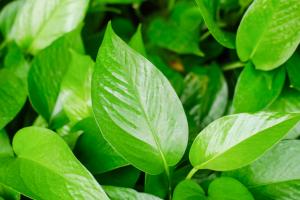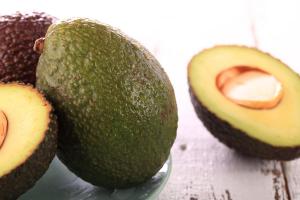Introduction
Walnut trees are a common sight in many gardens and parks across the world. These trees are known for their beautiful appearance, delicious nuts, and shade. However, did you know that walnut trees can have a negative impact on other plants in their vicinity? In this article, we will explore the reasons why walnut trees might be bad for plants.
Allelopathy
One of the main reasons why walnut trees can be bad for plants is due to a chemical process called allelopathy. In simple terms, allelopathy refers to the ability of plants to produce chemicals that inhibit the growth of other nearby plants. Walnut trees are known to produce a chemical called juglone that can be toxic to other plants. This toxin is found in the leaves, roots, and fruit hulls of the tree and can be released into the soil. Juglone can prevent the germination of seeds, inhibit the growth of root systems, and even cause wilting and death in certain plants.
Types of Plants Affected
Not all plants are affected by juglone in the same way. Some plants are tolerant of the chemical and can grow normally even in the presence of walnut trees. However, other plants are highly sensitive to this toxin and can be severely affected. Some of the plants that are known to be sensitive to juglone include tomatoes, peppers, eggplants, potatoes, strawberries, and many types of flowers such as rhododendrons, azaleas, and lilies. If you intend to plant these types of plants in your garden or near a walnut tree, you might want to consider the risks involved.
Symptoms of Juglone Toxicity
If you suspect that your plants are being affected by juglone toxicity, there are several symptoms you can look out for. These include yellowing or browning of leaves, stunted growth, wilting, root damage, and eventually death. However, keep in mind that these symptoms can also be caused by other factors such as lack of water, nutrient deficiency, or pests. It's always best to consult a professional if you're unsure about the cause of your plant's problems.
Prevention and Management
If you want to plant other types of plants near a walnut tree, there are several steps you can take to minimize the risks of juglone toxicity. First, ensure that the plants you choose are tolerant of the chemical. You can also try to create a physical barrier between the walnut tree and other plants using plastic or another impermeable material. Alternatively, you can try planting in raised beds or containers away from the root zone of the tree. Additionally, regularly testing the soil for juglone levels and removing any fallen leaves or hulls from the tree can also help to prevent the buildup of the toxin. Finally, if you're experiencing significant problems with juglone toxicity, you might consider removing the walnut tree altogether.
Conclusion
In summary, while walnut trees are beautiful and provide delicious nuts, they can also be bad for other plants due to their allelopathic nature. If you're planning to plant other types of plants near a walnut tree, it's important to be aware of the risks involved and take steps to prevent or manage juglone toxicity. By doing so, you can create a beautiful and diverse garden that thrives despite the presence of this potentially harmful tree.

 how many times do yo...
how many times do yo... how many planted tre...
how many planted tre... how many pine trees ...
how many pine trees ... how many pecan trees...
how many pecan trees... how many plants comp...
how many plants comp... how many plants can ...
how many plants can ... how many plants and ...
how many plants and ... how many pepper plan...
how many pepper plan...
































